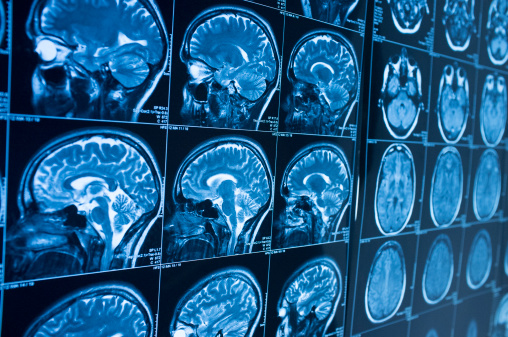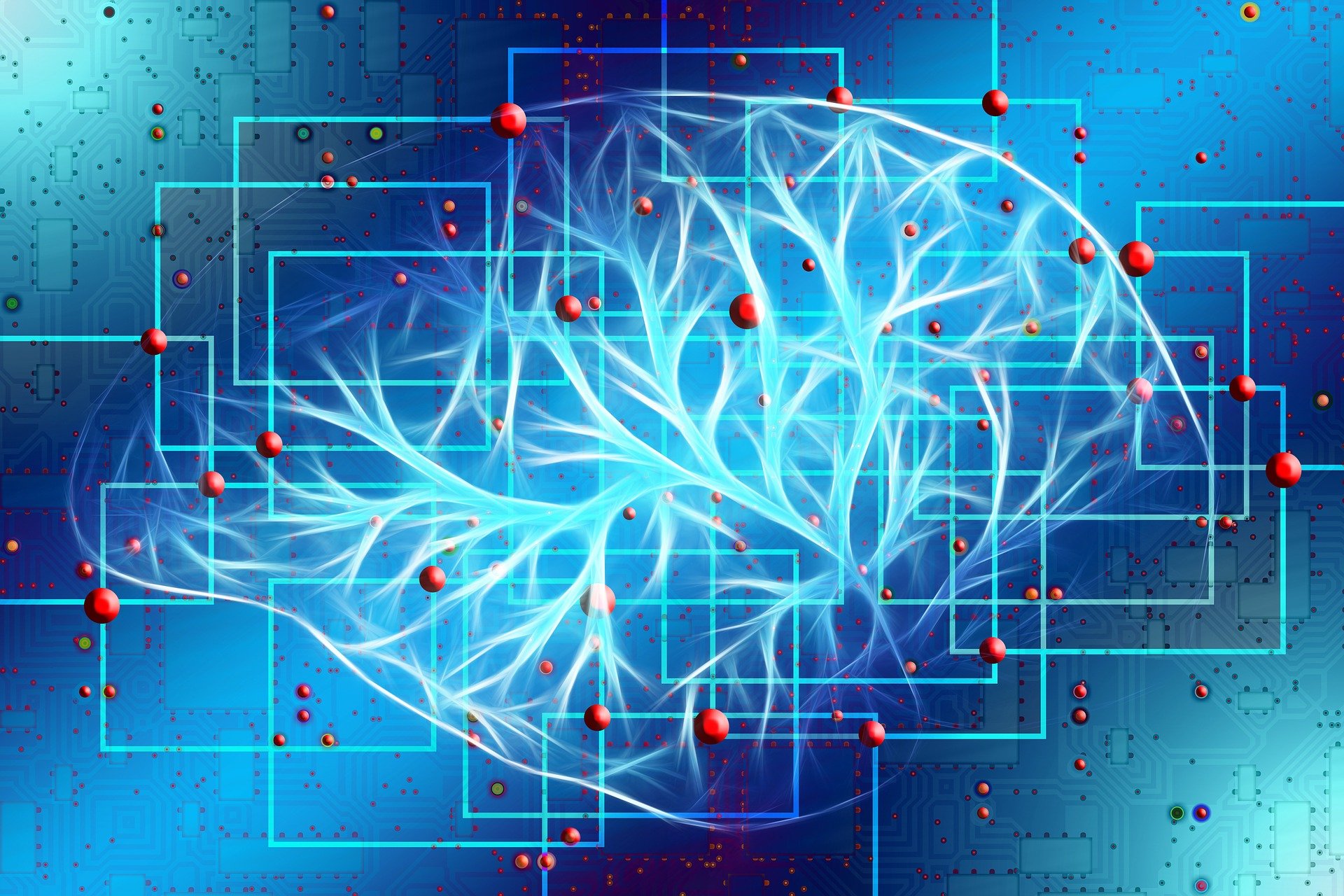What We Do
In the Translational Cognitive Neuroscience & Memory Lab we use converging cognitive neuroscience methods to study the nature of human learning and memory and its organization in the brain. We investigate both the functional and dysfunctional memory systems to investigate how hippocampal-dependent memory is organized and how that organization impacts cognitive outcomes and behavior more broadly. We take a translational approach, applying cognitive principals to specific problems related to measuring and tracking behavioral and biological change.

.
Tools We Use
In the lab, we apply both structural and functional neuroimaging techniques, utilizes eye tracking methodologies, and takes advantage of sensitive behavioral measures to explore the organization of memory and the memory systems. Given the complexity and diversity of both the brain and human behavior, we believe that converging tools are critical to extending empirical research to address applied questions in the health sciences.

.
What We Build
Fundamental to our research is the development of novel behavioral paradigms to directly answer questions about the organization of memory and the development and application of novel neuroimaging tools to compliment and extend findings from traditional neuroimaging approaches. One example of this is the development and application of magnetic resonance imaging elastography (MRE) as a sensitive tool for quantifying tissue integrity in targeted brain structures, primarily the hippocampus.

CURRENT RESEARCH LINES:
1. Cognitive Aging: Characterizing memory changes as well as structural and functional hippocampal network changes particularly among individuals with subjective memory complaints with the goal of identifying objective measures of decline and predicting outcomes with an eye toward future interventions.
2. Traumatic Brain Injury: Characterizing the ways in which hippocampal network dysfunction in TBI contributes to characteristic deficits typically ascribed to the prefrontal cortex and how neurological changes in TBI interact with neurological changes as we age.
3. Women's Health: Identifying measurable changes in hippocampal microstructure accompanying natural sex hormone fluctuation and how environmental factors influence these changes.
4. Methamphetamine Misuse: Identifying changes in both hippocampal structure and associated memory function among individuals with a history of methamphtamine misues.
CURRENT LAB FUNDING:
- National Institute of Mental Health
- National Institute of General Medical Sciences
RECENT LAB FUNDING:
- National Institute of Aging
- National Institute of Neurological Disorders and Stroke